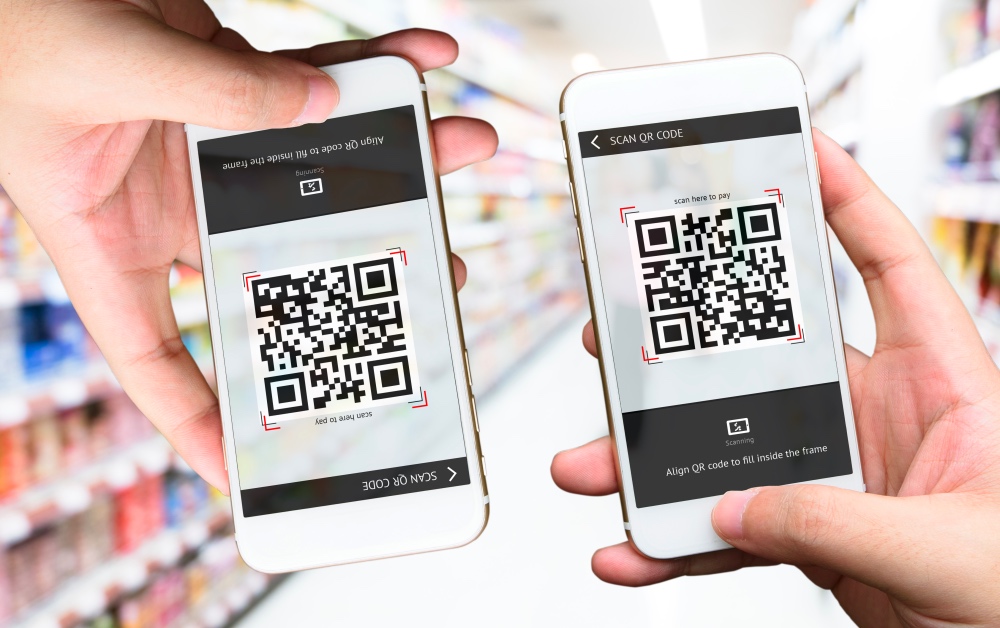Juniper Research analysts are reporting that the number of Quick Response (QR) code coupons redeemed via mobile will reach 5.3 billion by 2022, up from an estimated 1.3 billion in 2017. More specifically, the use of QR codes to deliver coupons and discount offers will increase substantially, as Apple leads the way with in-built QR functionality.
“Apple’s addition of QR code reading facilities directly addresses a major barrier for use in Western markets,” Juniper Research analysts Lauren Foye explained. “The lack of an in-built reader had been a hindrance, with consumers needing to download a separate QR code scanner app.”

Foye, who authored a recent report titled “Mobile & Online Coupons: Leading Vendors, Technologies & Market Forecasts 2017-2022,” also stated that retailers are set to take advantage of QR codes. As an example, Target announced a QR code-based payments system to scan offers directly to their device stored payment cards, which can then be scanned at checkout for instant payment.
In related QR code news, Jacob Kastrenakes of The Verge reports that China’s central bank will begin regulating payments made via QR codes, barcodes and other scannable codes. According to Kastrenakes, the upcoming regulatory plans will initially see payments by traditional QR codes capped at 500 yuan, or about $76 USD. The application of additional security measures will allow the cap to be raised to 5,000 yuan, or approximately $765 USD, while banks and payment processors are expected to be granted discretion over the cap.
“The central bank wants to see QR payments adopt tokenization, expiration dates and anti-counterfeit measures,” Foye added. “It also suggests the use of encryption, frequent updates, risk monitoring, and security software.”
As we’ve previously discussed on Rambus Press, QR codes are a form of matrix barcode that can be scanned by smartphone cameras and other devices to identify products. Put simply, QR codes connect physical, paper coupons with a digital environment, allowing consumers to rapidly access greater detail relating to a product and offer, as well as streamlining the redemption process. Instead of entering a physical code, the user only needs to scan the QR code.
The QR code has seen widespread adoption in East Asia, with 40% of QR code redemptions projected to originate in the region by 2022. Indeed, China’s WeChat app comes with a QR code scanning feature, which is essential for services such as mobile payments, opening web pages on advertisements, and even adding someone’s contact information. It should be noted that the infrastructure that supports QR codes not only exists in China, but is thriving and is an essential part of every-day life.
